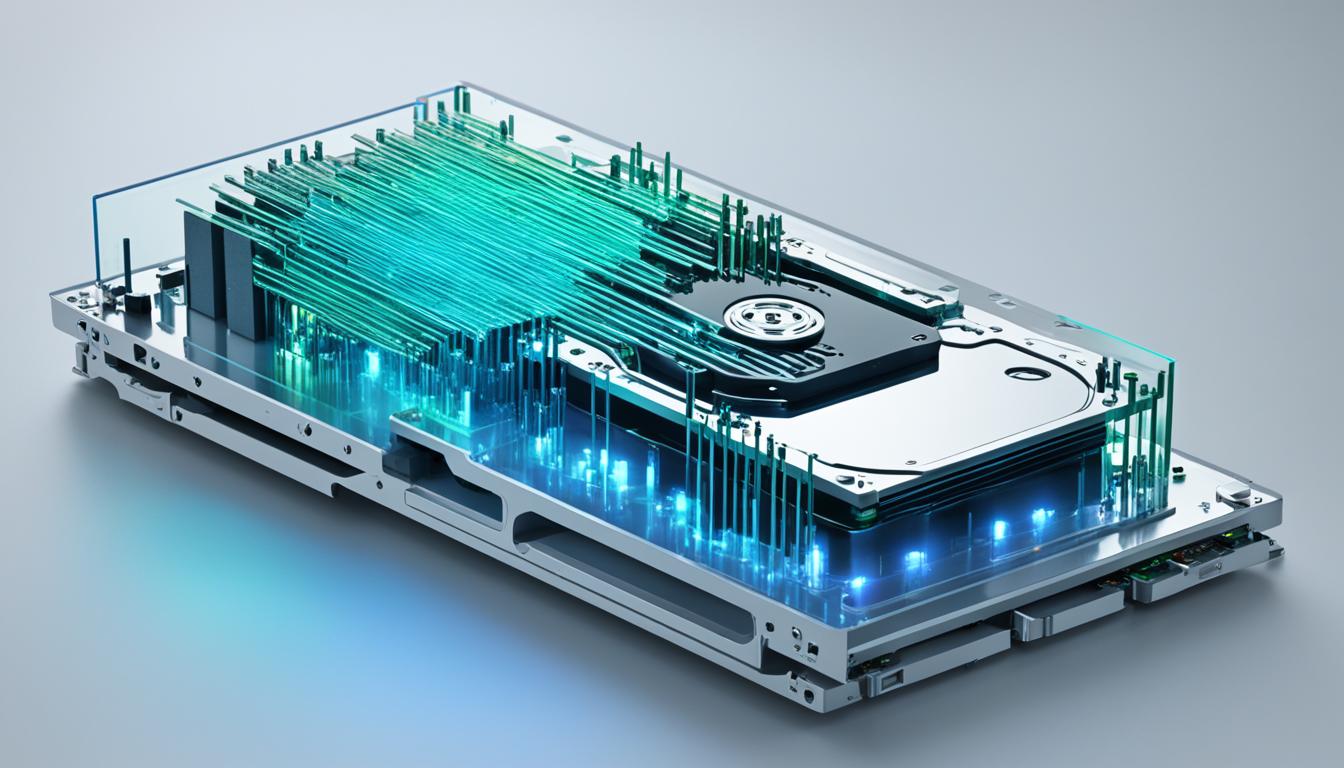Proof of Capacity (PoC) is a way for blockchains to stay secure by using hard drive space instead of energy-hungry computing power or large crypto holdings. Rather than constantly solving puzzles like in Proof of Work (PoW), miners in a PoC system pre-load their drives with possible solutions and wait to see if theirs is chosen. The more space you dedicate, the better your chances.
This approach uses far less energy and allows people to mine with regular hardware, making it more eco-friendly and accessible. Projects like Signum, Chia, and SpaceMint are already using PoC to create decentralized, low-impact networks. While it’s still a newer method and has challenges—like storage arms races or potential security concerns—it offers a promising balance between sustainability, fairness, and efficiency.

